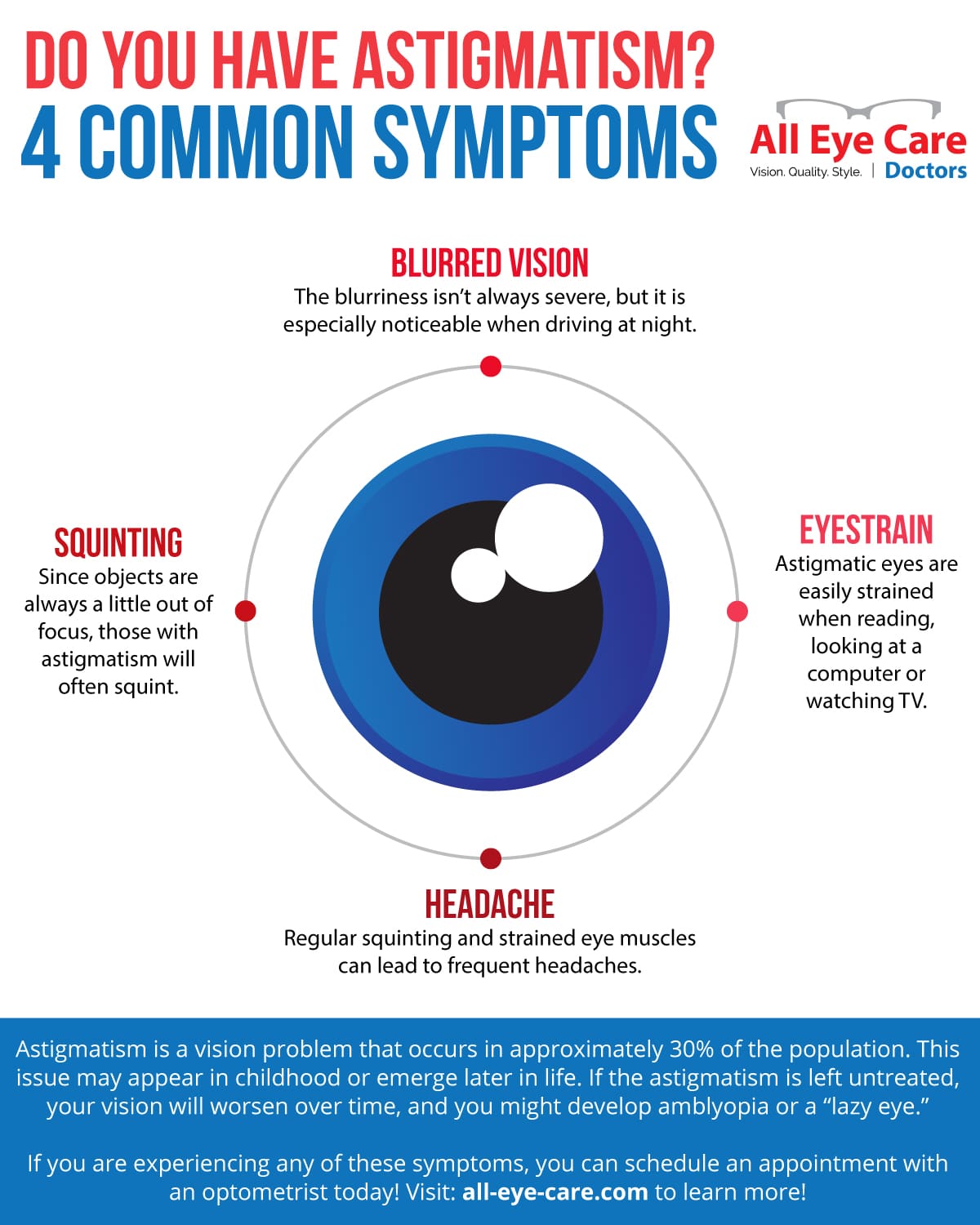Refractive Lens Exchange Explained: What Your Optometrist Isn't Informing You
Refractive Lens Exchange Explained: What Your Optometrist Isn't Informing You
Blog Article
Web Content By-Blackwell Ludvigsen
Have you ever took into consideration Refractive Lens Exchange (RLE) as an alternative for vision adjustment? While it isn't as commonly discussed as LASIK, RLE could be a game-changer for your vision. Many individuals neglect its advantages, thinking typical techniques are their only selection. Yet what are the actual benefits, and what might your ophthalmologist not be telling you regarding this treatment? Allow's explore the ins and outs of RLE together.
Understanding Refractive Lens Exchange: The Essentials
Refractive lens exchange (RLE) is a procedure that can significantly enhance your vision, specifically if you're dealing with presbyopia or extreme refractive errors.
Throughout RLE, your eye doctor eliminates your eye's all-natural lens and changes it with a fabricated one tailored to your vision needs. This treatment can remedy nearsightedness, farsightedness, and astigmatism, offering you clearer vision without counting on glasses or contact lenses.
The surgical procedure is commonly quick, taking less than an hour, and the majority of individuals experience minimal discomfort. Recuperation is reasonably quick, enabling you to go back to your day-to-day tasks quickly after.
If you're thinking about RLE, seeking advice from your ophthalmologist can help you figure out if it's the right choice for you.
Secret Distinctions In Between RLE and Traditional Cataract Surgical Treatment
While both refractive lens exchange (RLE) and traditional cataract surgical procedure involve changing the eye's natural lens, their main objectives and person profiles differ considerably.
RLE is aimed at individuals seeking to decrease their dependence on glasses or contact lenses as a result of refractive errors, commonly prior to cataracts establish. In contrast, traditional cataract surgery commonly targets patients who have actually established cataracts, which shadow the lens and hinder vision.
The lenses utilized in RLE can offer a more comprehensive range of vision correction, while common cataract surgery usually includes standard monofocal lenses.
Furthermore, RLE candidates are frequently younger and in good general health, whereas cataract individuals might be older and have various other health problems.
Choosing the ideal procedure relies on your specific vision demands and scenarios.
Potential Advantages and Factors To Consider of RLE
If you're considering refractive lens exchange (RLE), you'll find numerous potential advantages that may boost your quality of life.
RLE can offer you with clearer vision, lowering or getting rid of the demand for glasses or get in touch with lenses. It provides an opportunity to deal with presbyopia and various other refractive errors simultaneously, frequently enhancing your general visual acuity.
Furthermore, RLE can be a wonderful choice if you're not a suitable candidate for LASIK. Nevertheless, it is essential to evaluate the factors to consider, like the price, potential risks, and the healing period.
Reviewing your particular requirements with your eye doctor can assist you make a notified choice, guaranteeing you pick the very best course for your vision improvement.
Verdict
Finally, refractive lens exchange supplies a distinct solution for vision modification that goes beyond what LASIK can give. It's essential to weigh the advantages versus prospective threats and costs before making a decision. Don't wait to ask your eye doctor the hard inquiries to ensure you totally comprehend the treatment and its effects for your vision. With the ideal details, you can with confidence select the most effective alternative for your eyes and way of life.
